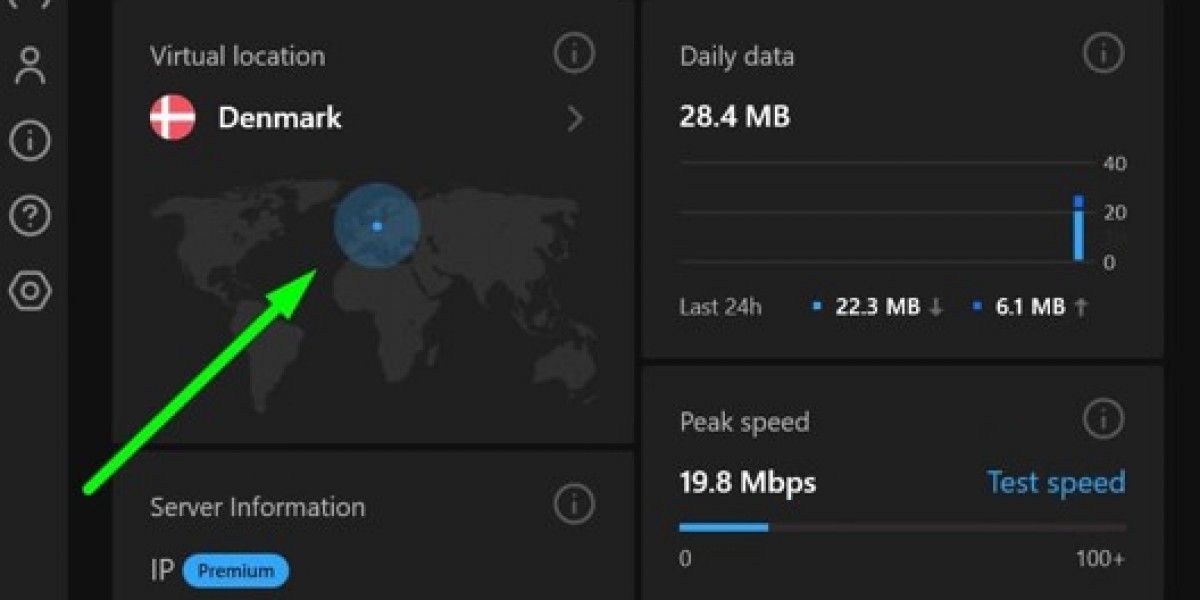LPG Market - The LPG Market is expanding with rising demand for cleaner energy alternatives across residential, commercial, and transport sectors.
The global Liquefied Petroleum Gas (LPG) market constitutes a key segment of the hydrocarbon value chain, providing an essential fuel source for residential, commercial, industrial, and transportation applications. LPG primarily consists of propane and butane derived from natural gas processing and crude oil refining. It serves as a versatile, clean-burning fuel that bridges conventional fossil energy and low-carbon transition pathways.
Market demand is shaped by population growth, urbanization, and expanding energy access in emerging economies. Residential consumption—principally for cooking and heating—remains dominant in Asia, Africa, and Latin America. Industrial utilization includes metal fabrication, ceramics, and glass production, while the petrochemical industry consumes LPG as a feedstock for olefins and polymers. The autogas sector, though smaller, represents a stable demand outlet in Europe and parts of Asia.
Global LPG trade has increased steadily with the rise of shale gas output and export terminal expansions in North America. The United States has become the leading exporter, followed by the Middle East. Import growth is concentrated in China, India, and Southeast Asia, driven by clean cooking initiatives and industrial fuel substitution. Infrastructure investments—storage facilities, terminals, and pipeline networks—are expanding to support supply diversification.
Price dynamics depend on crude oil benchmarks, regional demand patterns, and shipping costs. Contracts are typically indexed to international markers such as the Saudi Aramco Contract Price (CP) or Mont Belvieu indices. Seasonal fluctuations are pronounced, with higher consumption in winter months due to heating demand.
Environmental and policy considerations increasingly influence market evolution. Governments are promoting LPG as a transition fuel to displace biomass and coal, mitigating indoor air pollution and emissions. However, long-term trajectories will depend on decarbonization strategies, renewable gas integration, and bio-LPG development.
FAQs:
What is LPG primarily composed of? – Propane and butane, obtained from natural gas processing and oil refining.
Which regions dominate LPG consumption? – Asia-Pacific and the Middle East due to population density and industrial growth.
What determines LPG prices globally? – Oil benchmark linkages, seasonal demand, and international freight rates.



